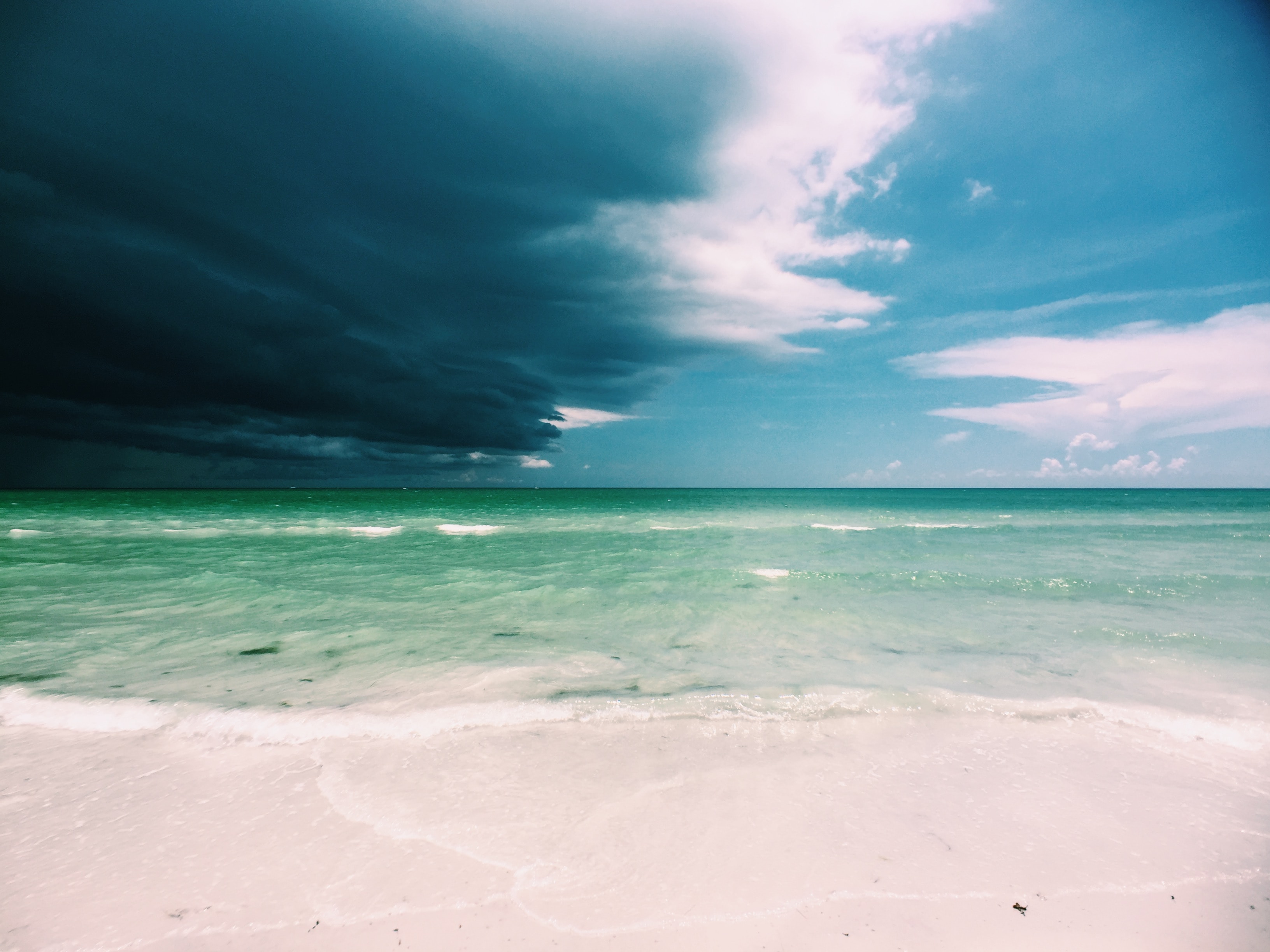
08.08.22
The Results Are In: Florida Falling Short to Protect Public from Toxic Algal Blooms
By Emma Haydocy
In January 2019, Governor DeSantis signed Executive Order 19-12 creating the Blue-Green Algae Task Force (BGATF), charged with comprehensively and effectively reducing the negative impacts of toxic blue-green algae blooms. In October 2019, the task force published an initial consensus document outlining a framework and recommendations to achieve this lofty water quality goal. Sadly, as we approach three years since the publication of the consensus document, Florida's water quality continues to deteriorate. Toxic algal blooms plague Floridas waterways, and degraded water quality statewide has led to fish kills, habitat loss, and an unusual manatee mortality event.
Surfrider, led by our partners at Waterkeepers Florida and 1000 Friends of Florida and alongside a coalition of environmental organizations in Florida, came together to review the BGATF recommendations and provide an update on their implementation. The final document serves as a progress report for BGATF recommendations that have and have not been implemented by legislative and state agency decisions over the last three years.

The coalition's research and findings are clear: Florida is falling short on implementation and recreational beach users everywhere are suffering as a result. Out of 31 specific and measurable recommendations, only four have been implemented.
Most importantly to Surfrider and Florida's oceans and waves, the state is failing to test, notice, and protect the public health of millions of recreational beach and waterway users across the state from the toxic and harmful effects of blue green algae blooms. Surfrider submitted a letter to FDEP following the recent meeting of the Blue-Green Algae Task Force to urge the state to make good on its promise to protect public health.
Let's take a deep dive into the areas where Florida is failing to protect public health:
BGATF Recommendation: Expand Algal Toxins Sampling
While monitoring efforts have been expanded in Lake Okeechobee, and FDEP launched the Algal Bloom Sampling Status dashboard, proactive monitoring efforts for blue green algae rarely take place statewide, with reactive monitoring based on observed blooms. FDEP’s Strategic Monitoring Plan for 2022 does not include any planned, proactive monitoring for cyanotoxins.
The Department of Health’s Florida Healthy Beaches Program has not been consistently funded since 2012, with one appropriation for the program in 2019. The most recent appropriation includes a provision stating “…the department may expand the scope of such services to include monitoring of blue green algae and red tide toxins in certain coastal counties, as determined by the department, that have the greatest risk of long-term health impacts to residents, visitors, and those occupationally exposed in Florida,” but this testing focuses almost exclusively on red tide rather than blue green algae.
BGATF Recommendation: DEP WQ + DOH Advisory Criteria
The process by which water quality standards are reviewed, updated, and adopted is called the Triennial Review of Water Quality Standards, which, pursuant to the Federal Clean Water Act (40 CFR 131.20), requires states to conduct a comprehensive review of all water quality standards at least once every three years. FDEP initiated the most recent triennial review in 2019. Based on the draft rule for “Surface Water Quality Standards” issued pursuant
to this process, FDEP has declined to adopt water quality criteria for cyanotoxins.
BGATF Recommendation: DEP + DOH Algal Toxin Public Notice Plan
To determine the consistency of DOH’s HAB public health risk notification per DOH County health units, four Waterkeeper organizations (St. Johns Riverkeeper, Lake Worth Waterkeeper, Kissimmee Waterkeeper and Calusa Waterkeeper) conducted a survey of FDOH signage at public waterways access areas between May 15, 2020, and June 30, 2020. Thirty-one public access points on three major waterway systems (the Caloosahatchee River, Lake Okeechobee, and St. Johns River) were surveyed. Cyanobacteria blooms were common in each of the three waterways during the survey period. The results of the survey were that 22 (71%) of the 31 access points had no FDOH HAB signage of any kind, and 9 (29%) had an FDOH sign with some relevance to HABs, typically a FDOH HAB Caution or
Alert sign. Signage was not consistent nor comprehensively placed within the survey parameters.
Surfrider believes everyone should have access to clean water to surf, swim, and play in. Whether that water is polluted due to failing wastewater infrastructure and fecal bacteria, or excess nutrients from urban or agricultural runoff and toxic blue-green algae, we fight to protect Florida's coastal communities, waterways, and wildlife from the harmful effects of pollution. As our activist network works to advocate for water quality solutions and policy at the local, state, and federal level, they also work to protect access to clean water through the Blue Water Task Force and Ocean Friendly Gardens programs.
Until the BGATF recommendations are fully implemented and robustly funded, Florida will continue to fail to protect its residents and the millions of people who flock to enjoy its sandy beaches and (presumably) clean waters every year. Surfrider continues to advocate for policy solutions that protect clean water access, for everyone.
